Abstract
The review focuse on Indian herbal medicine and shops used to treat hypertension .The purpose of this review to give information on current knowledge aquired in preclinical and clinical studies. Hypertension is the medical term for high blood pressure. It is dangerous because it makes the heart work to hard cand contributes to atherosclerosis, besides increasing the risk of heart disease and stroke. Hypertension can also leads to other conditions Such as congestive heart failure, kidney disease and blindness. Conventional antihypertensives are usually associated with many side effects.
Keywords
Hypertension, Obesity, herbal medicines, therapeutic agents
Introduction
Hypertension of high Blood pressure is a chronic medical condition in which the BP in the anteries is elevated. It is classified as either primary of secondary.About 90 to 95% of cases are termed primary hypertension which refers to high BP for which no medical cause can be found.The remaining 5 to 10% of cases, called Secondary hypertension, are caused by other conditions that affect the kidney, arteries, heart or endocrine system. Exercise hypertension is an excessively high elevation in BP during exercise. The range considered Normal for Systolic values during exercise is between 200 and 280 mm Hg. Exercise hypertension may indicate that an individual is at risk for developing hypertension at rest.
Causes
1) Hypokalemia
2) Obesity
3) Salt sensitivity
4) Alkohol intake
5) Risk also increases with aging
Anti-Hypertensive drug
Anti-Hypertensive drug, which are used to treatment of high blood pressure. Many antihypertensive agent used in the treatment of hypertension have some side effects. Therefore, scientific Studies recommend diverse lifestyle alterations and the use of suitable medicinal plants in its treatment.
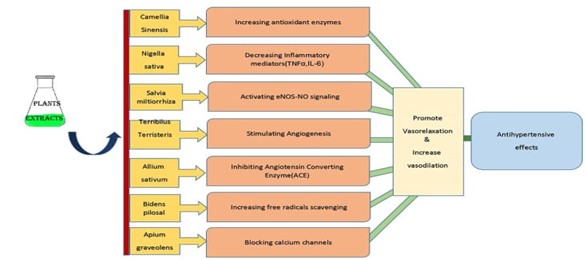
Ayurvedic herbs like Alfalfa, chicory, Ginger, Garlic and Ginseng are believed to help lower high blood pressure the due to their natural properties such as reducing Stress, promoting relaxation and improving blood circulation.
Herbal drug used to hypertension
- Alfalfa
Source
It is the entire plant of medicago Sativa belonging to the Family: Fabaceae.
Chemical Constitutents
- Leaves, sprouts and seed contain vitamin-K. vitamin-C., Copper, manganese, folate, thiamin riboflavin, magnesium and iron.
- One cup of sprouts contains one gram of protein and one of carbohydrates.
- It has also has a high content of bioactive compounds like saponius coumarin, Flavonoids, phytosterols, phytoestrogens and alkaloids.
Uses
It is used as-
1) Hypocholestremic
2) Anti-hypertension
3) Diuretic
4) Galactogouge
5) Anti-arthritic
6) To treat Kidney stones
7) Anti diabetic
8) To relieve menopausal symptoms.
9) Antioxidant.
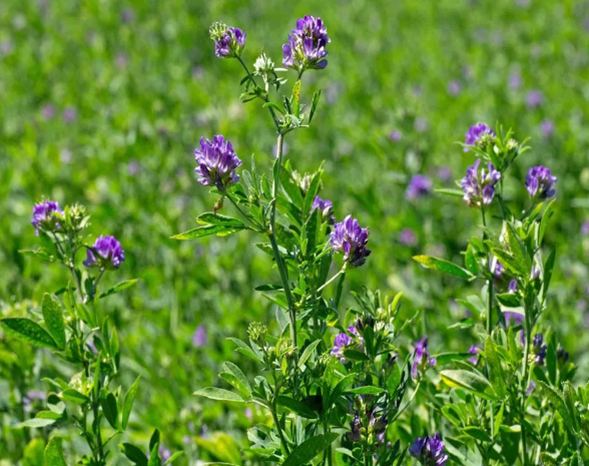
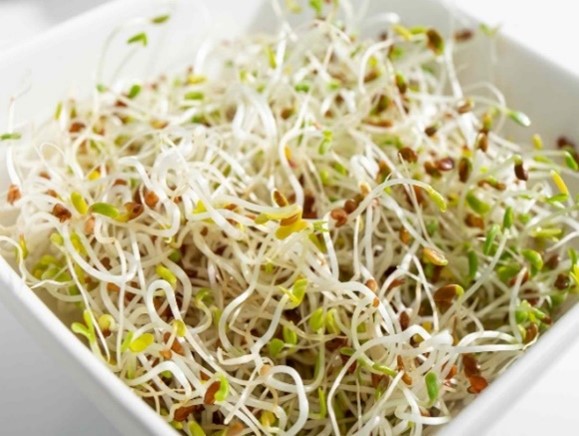
- Chicory
Source
It is obtained from the plant Cichorium intybus, belonging to the family: Asteraceae.
Chemical Constituents
Chicory contains a variety of nutrients which Include carbohydrates, proteins, vitamins, minerals, Soluble fiber, phenolics, insulin, coumarins, tannins, monomeric flavonoids, sesquiterpene lactones and beta carotene.
Uses
The roots are used as-
1)A Coffee Substitute and additive.
2) They are mixed in Indian filter coffee.
3) Used in high blood pressure, heart failure, Loss of appetite, stomach upset, constipation, Cancer lived and gall bladder, disordees, inflamm ation and hepatic toxicity.
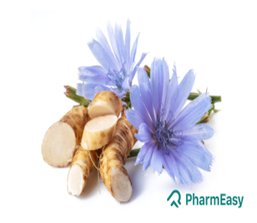
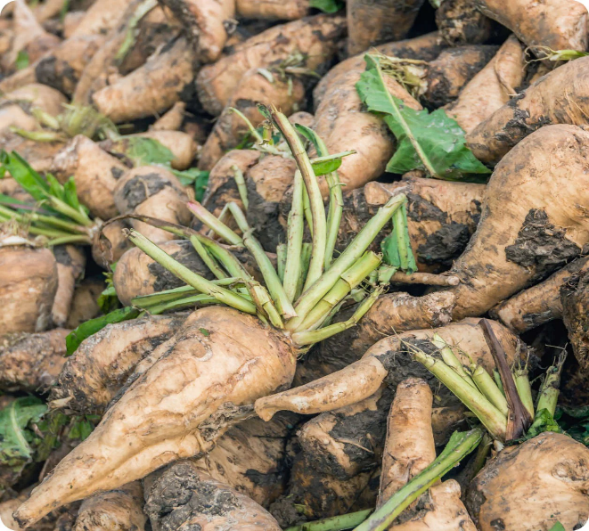
- Ginger:
Source
It is the dried rhizomes of Zingiber officinale belonging to the family : Zingiberaceae.
Chemical Constitutents
1) It contains volatile oils, minerals, resins.
2) Gringer Oil contains Zingiberine, bisaboline, farnesene, Sesquíphellandrene and curcumene.
3) Resins contain phenolic ketones such as gingerols, Shogaols, zingerone and other compounds.
Uses
ginger is used as:
1) Stomachic
2) Aromatic
3) Carminative
4) stimulant
5) Flavouring agent
6) In ginger beverages
7)Adsorbent of toxins From GIT
8) To control parasitic infections.
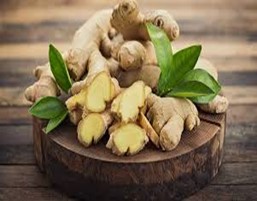
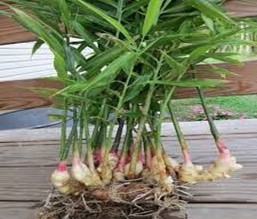
- Garlic:
Source
It consists of dried bulbs of Allium Sativum, belonging to the family: Liliaceae.
Chemical Constitutents
- Garlic contains, carbohydrates, proteins, fats, mucilage volatile oils and minerals.
- The volatile oil contain allin, allicin, allyl propyl disulfide., diallyl disulfide, minerals contains phosphorous, iron and copper.
Uses
It is used as-
1) Carminative
2) Aphrodisiac
3) Expectorant
4) Stimulant
5) Disinfectant
6) Anthilmintic
7)Antibacterial
8)Antihypertensive
9) Hypocholestremic.
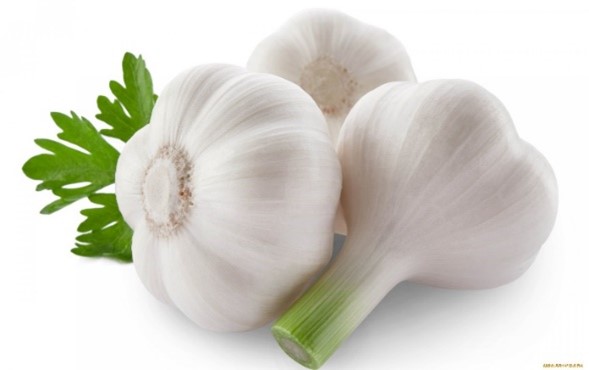

- Ginseng
Source
It consist of soots of the plant panax ginseng and other Species of Panax, belonging to the family: Araliaceae.
Chemical Constitutent
Ginseng contains saponins, glycosider, volatile oils, sterols polysaccharides, minerals, vitamin - B1, B2, B12 Pantothenic acid and biotin.
Uses
It is used as-
1) Adaptogenic
2) It relieves Stress and fatigue
3) Used in hypertension; diabetes, psychogenic important and child psychiatric disorders.


CONCLUSION
The concomitant use of herbal medicines and pharmacotherapy is spreading widely. Hence, it becomes mandatory to explore the possible interactions of these drugs with present day therapeutic agents. Such an approach would help to reduce the risk of any potential interaction as well as help in providing adequate therapeutic benefits to the end uses. Here, we have reviewed the literature to determine the possible interactions between herbal medicine and antihypertensive drugs. These interactions show that herbal medicine may alter the bioavailability and pharmacokinetic parameter of drugs. Pharmacodynamic interactions may produce synergestic or antagonistic effect. Thus, it is necessary to consider herbal medicines as regular medicines and explore the possibility of interaction with concomitantly administered drugs. The interaction with herb may be beneficial, harmful or may reduced the effect of prescribed drug. Hence, combine use of herbal with antihypertensive medications should only be done after consultation with a physician. Preliminary research data on combination of herbals and drugs is to be provided to educate pharmacists and physicians for safe and efficacious use of drug and encourage further clinical research.
REFERENCE
- Carretero OA, Oparil S. Essential hypertension. Part I: Definition and etiology. Circulation. 2000;101:329-35. [PubMed] [Google Scholar]
- Beevers G, Lip GY, O'Brien E. ABC of hypertension: The pathophysiology of hypertension. BMJ. 2001;322:912-6. [PMC free article] [PubMed] [Google Scholar]
- Jetté M, Landry F, Blümchen G. Exercise hypertension in healthy normotensive subjects. Implications, evaluation and interpretation. Herz. 1987:12:110-8. [PubMed] [Google Scholarl
- Pickering TG. Pathophysiology of exercise hypertension. Herz. 1987:12:119-24. [PubMed] [Google Scholar]
- Rost R. Heck H. Exercise hypertension-significance from the viewpoint of sports (in German) Herz, 1987:12:125-33. [PubMed] [Google Scholar]
- Kyrou I, Chrousos GP, Tsigos C. Stress, visceral obesity, and metabolic complications. Ann NY Acad Sci. 2006;1083:77-110. [PubMed] [Google Scholar]
- Wofford MR, Hall JE. Pathophysiology and treatment of obesity hypertension. Curr Pharma Design. 2004;10:3621-37. [PubMed] [Google Scholar]
- Lackland DT, Egan BM. Dietary salt restriction and blood pressure in clinical trials. Curr Hypertens Rep. 2007:9:314-9. [PubMed] [Google Scholar]
- Djoussé L., Mukamal KJ. Alcohol consumption and risk of hypertension: Does the type of beverage or drinking pattern matter? Rev Esp Cardiol. 2009;62:603-5. [PubMed] [Google Scholar]
- Tuohimaa P. Vitamin D and aging. J Steroid Biochem Mole Biol. 2009;114:78-84. [PubMed] [Google Scholar]
- Pourjabali M,Mohammadrezaei-Khorramabadi R. Abbaszadeh S. Naghdi N, Naji- Haddadi S. Bahmani F. Medicinal plants used for hypertension. J Pharm Sci Res.2017:9(5):537-41. [Google Scholar]
- Dr.Zeeshan Afsar written By Herbal drug technology for PV Publication. S. Vikas And Company .Admin : ND-106 . Bikrampura, Jalandhar City-144008 ( Punjab).INDIA.


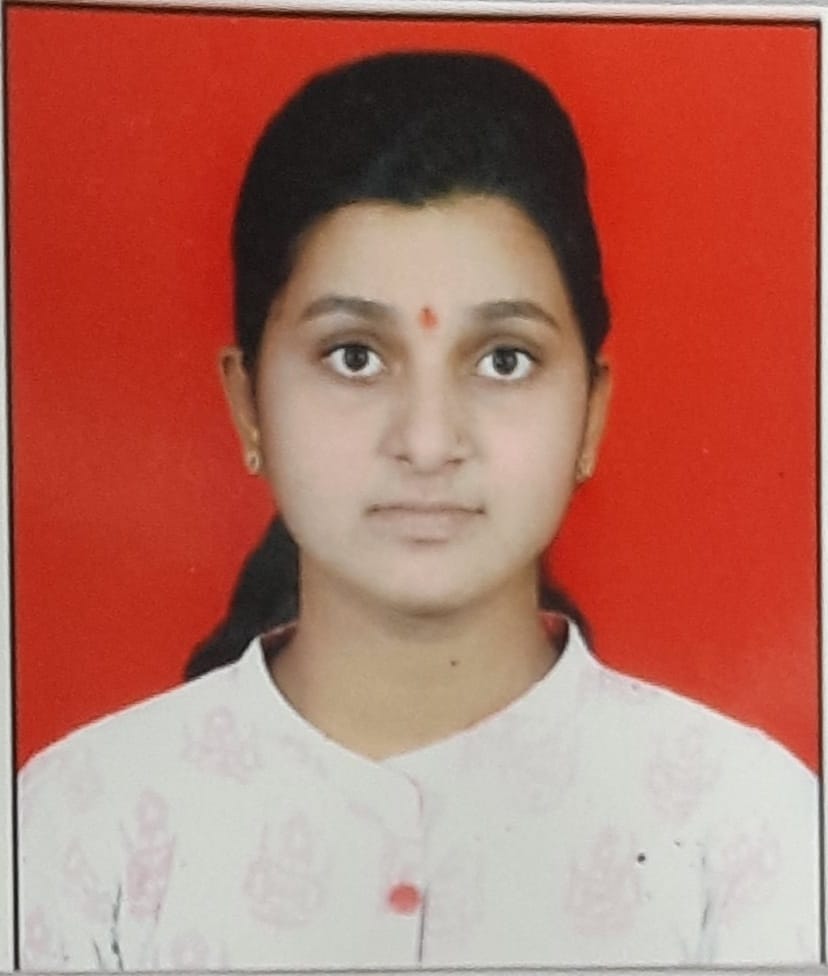 SHITAL MACHINDRA SAGALE*
SHITAL MACHINDRA SAGALE*
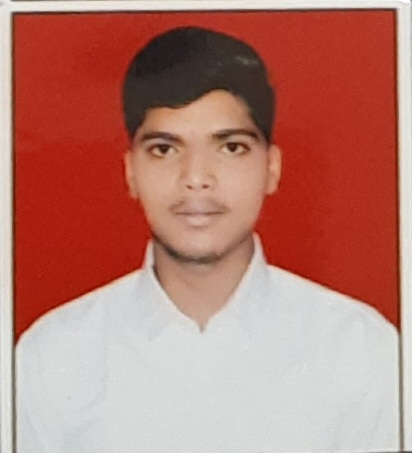 SATISH MACHINDRA SAGALE
SATISH MACHINDRA SAGALE











 10.5281/zenodo.12818423
10.5281/zenodo.12818423